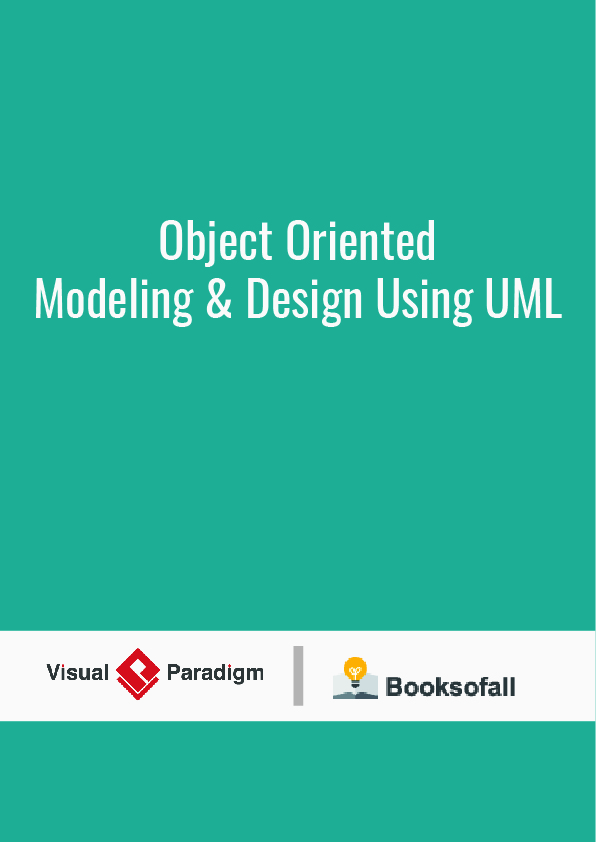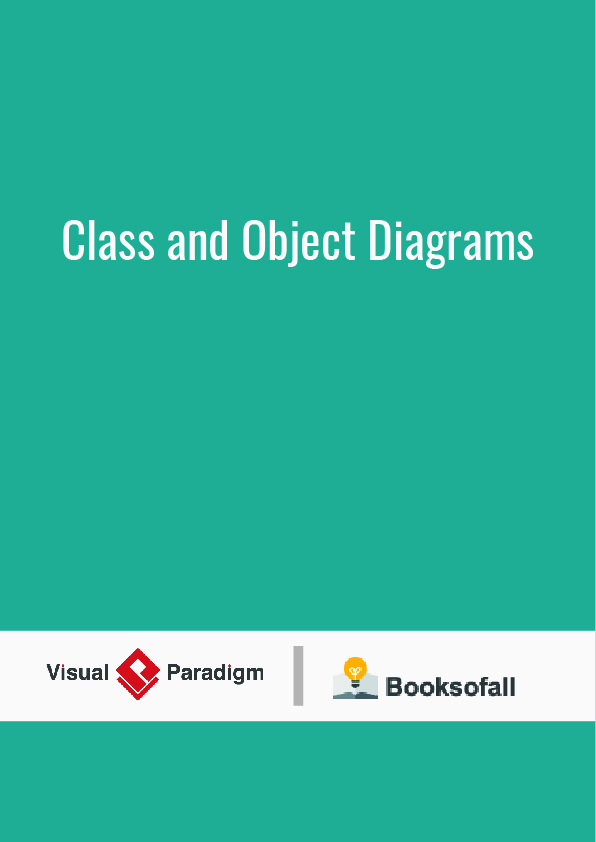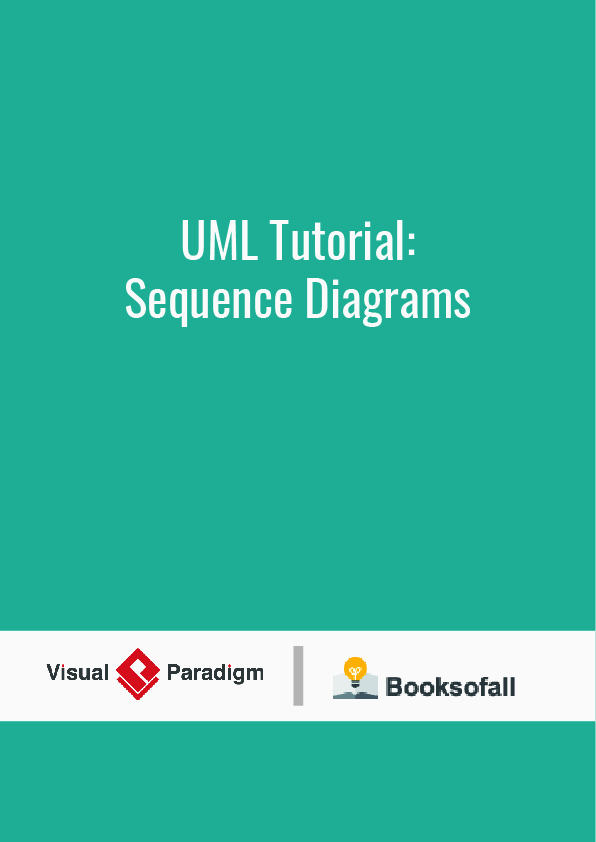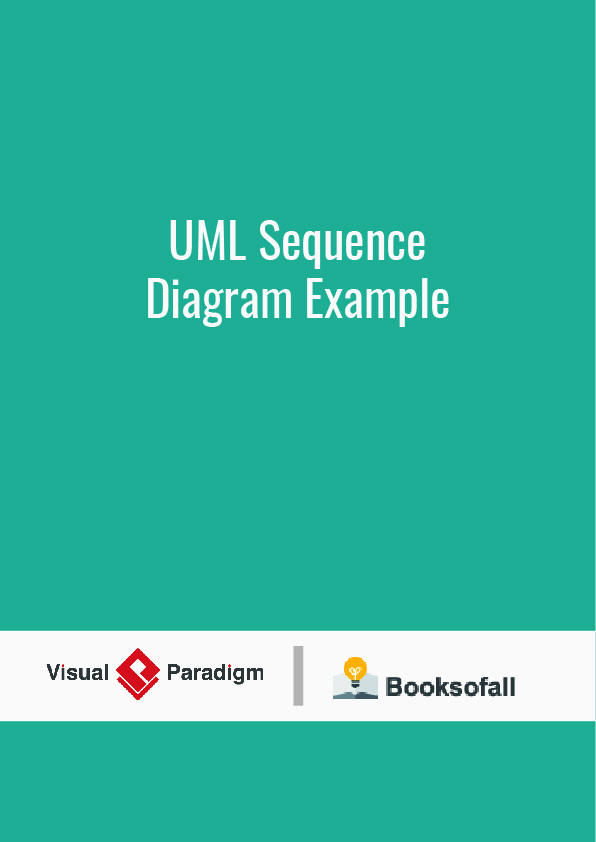We live in a world of objects. These objects exist in nature, in man-made entities, in business, and in the products that we use. They can be categorized, described, organized, combined, manipulated and created. Therefore, an object-oriented view has come into picture for creation of computer software. An object-oriented approach to the development of software was proposed in late 1960s.
Object-Oriented development requires that object-oriented techniques be used during the analysis, and implementation of the system. This methodology asks the analyst to determine what the objects of the system are, how they behave over time or in response to events, and what responsibilities and relationships an object has to other objects. Object-oriented analysis has the analyst look at all the objects in a system, their commonalties, difference, and how the system needs to manipulate the objects.
Object Oriented Process
The Object Oriented Methodology of Building Systems takes the objects as the basis. For this, first the system to be developed is observed and analyzed and the requirements are defined as in any other method of system development. Once this is done, the objects in the required system are identified. For example in case of a Banking System, a customer is an object, a chequebook is an object, and even an account is an object.
In simple terms, Object Modeling is based on identifying the objects in a system and their interrelationships. Once this is done, the coding of the system is done. Object Modeling is somewhat similar to the traditional approach of system designing, in that it also follows a sequential process of system designing but with a different approach. The basic steps of system designing using Object Modeling may be listed as:
- System Analysis
- System Design
- Object Design
- Implementation
System Analysis
As in any other system development model, system analysis is the first phase of development in case of Object Modeling too. In this phase, the developer interacts with the user of the system to find out the user requirements and analyses the system to understand the functioning.
Based on this system study, the analyst prepares a model of the desired system. This model is purely based on what the system is required to do. At this stage the implementation details are not taken care of. Only the model of the system is prepared based on the idea that the system is made up of a set of interacting objects. The important elements of the system are emphasized.
System Design
System Design is the next development stage where the overall architecture of the desired system is decided. The system is organized as a set of sub systems interacting with each other. While designing the system as a set of interacting subsystems, the analyst takes care of specifications as observed in system analysis as well as what is required out of the new system by the end user.
As the basic philosophy of Object-Oriented method of system analysis is to perceive the system as a set of interacting objects, a bigger system may also be seen as a set of interacting smaller subsystems that in turn are composed of a set of interacting objects. While designing the system, the stress lies on the objects comprising the system and not on the processes being carried out in the system as in the case of traditional Waterfall Model where the processes form the important part of the system.
Object Design
In this phase, the details of the system analysis and system design are implemented. The Objects identified in the system design phase are designed. Here the implementation of these objects is decided as the data structures get defined and also the interrelationships between the objects are defined.
As already discussed, Object Oriented Philosophy is very much similar to real world and hence is gaining popularity as the systems here are seen as a set of interacting objects as in the real world. To implement this concept, the process-based structural programming is not used; instead objects are created using data structures. Just as every programming language provides various data types and various variables of that type can be created, similarly, in case of objects certain data types are predefined.
For example, we can define a data type called pen and then create and use several objects of this data type. This concept is known as creating a class.
Conclusion
Smalltalk programmers often tell stories of how they built a complicated application in a few days. These experiences can occur only because the programmers are able to reuse so many software components and abstract designs. Building reusable components and designs takes much more time. However, it is time that pays off handsomely in the long run.
A number of factors account for the high reusability of objectoriented components. Polymorphism increases the likelihood that a given component will be usable in new contexts. Inheritance promotes the emergence of standard protocols, and allows existing components to be customized. Inheritance also promotes the emergence of abstract classes. Frameworks allow a collection of objects to serve as a template solution to a class of problems. Using frameworks, algorithms and control code, as well as individual components, can be reused.











